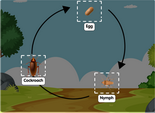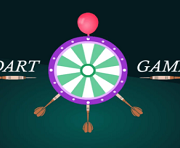Diagram on the life cycle of a grasshopper quiz
To nobody’s surprise, grasshoppers are fond of leaping above grass to land on twigs, leaves, and branches. Their uncanny ability to leap wide distances lets them easily avoid any threats or predators and access hard-to-reach areas for food, shelter, and mating.
Like most insects, grasshopper bodies change over their lives – this process, metamorphosis, is shared with critters like butterflies and bees. However, young grasshoppers don’t look that much different to their adult versions as caterpillars do to butterflies. This type of change is called incomplete metamorphosis.
Grasshopper eggs are laid in batches by females. These eggs are coated in a sticky material that makes them tough and waterproof. Baby grasshoppers hatch from these in around four weeks. They start eating plant life immediately to grow big and strong.
Nymphs are what we call child grasshoppers. They already look much like adults, save for their lack of wings. As they develop further, their bodies get too cramped for their skins. The process of shedding old skin is called molting.
In one to two months, the nymph will progress into a fully-fledged adult with wings.
With our diagram on the life cycle of a grasshopper quiz, you will be able to test your mettle on facts and trivia related to this fascinating insect’s morphology and lifespan.











